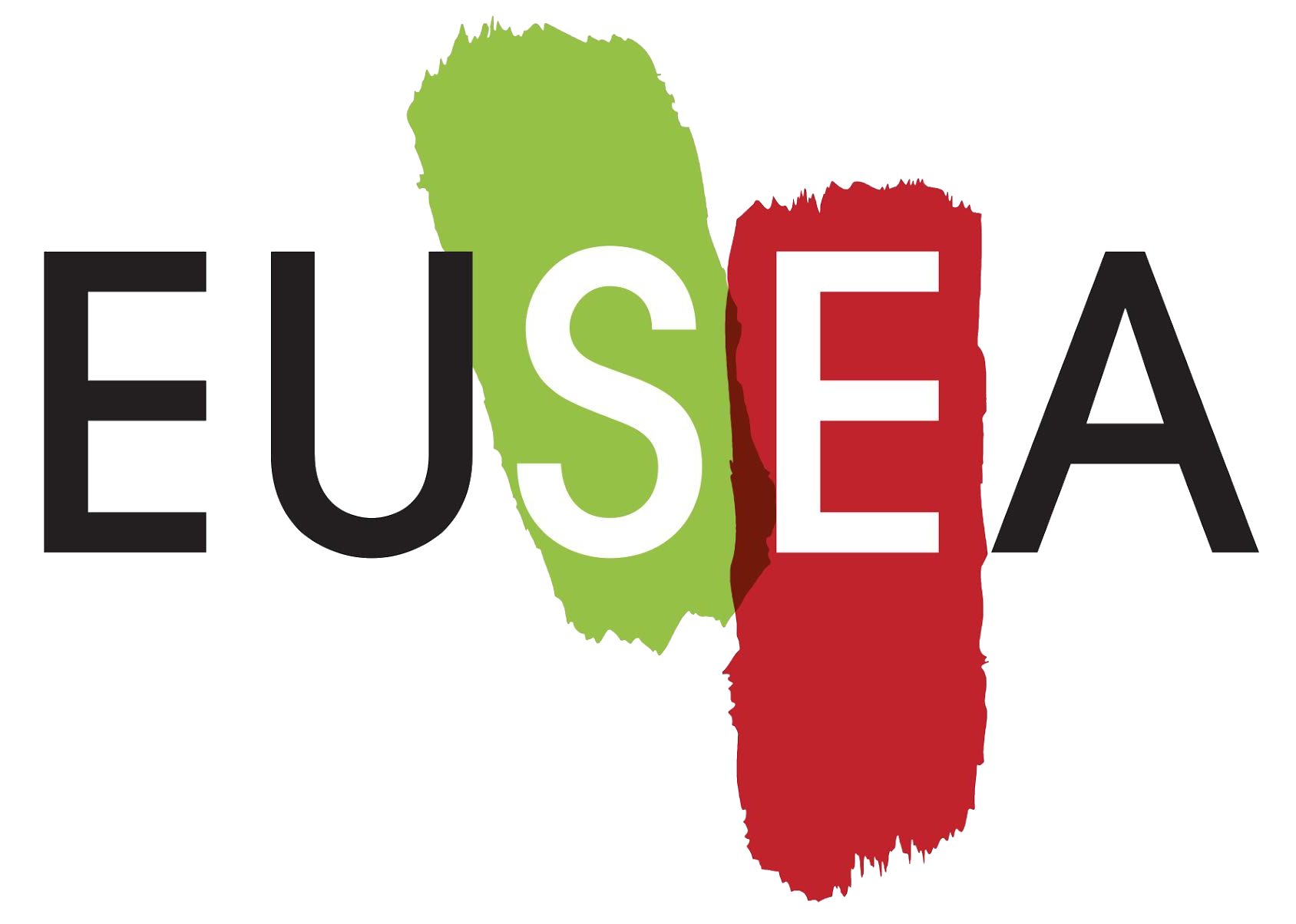Description
Make participants think about possible futures, as well as stimulate creative and forward thinking.
Target Audience
- Adult citizens
- Policymakers
- Stakeholders
- Teenagers
You can do it with all those groups, but we did it with professionals from different fields like public engagement or the cultural and creative sector.
Benefits
Benefits
Scenario planning uses stories of what could happen in the future with diverse stakeholders in order to decide jointly how they want to influence the future. It motivates people to challenge the status quo, or get better at doing so, by asking “What if?” Asking “What if?” in a disciplined way allows participants to rehearse the possibilities of tomorrow, and then to take action today, empowered by those provocations and insights.
Preparations
- Step 1: The issue at stake has to be clarified. This can be based on the explorative tools, which participants may have already carried out, including a detailed picture and stakeholder analysis and an institutional analysis.
- Step 2: Brainstorm in your groups “what are the driving forces?” , these could include diverse external issues, such as the future political environment, social attitudes, regulations and the future economy. What are the implications (issues and opportunities) of the driving forces for the different actors?
- Step 3: Prioritize the driving forces, these become your ‘critical uncertainties’.
- Step 4: Make the ‘scenario matrix’ based on the two identified ‘critical uncertainties’. One will constitute the X-axis and the other the Y-axis. Every quadrant of the matrix represents one scenario. Develop all 4 scenarios by discussing the following questions: What happens in each scenario? What policy options are available for each scenario?
- Which interventions are needed to prepare for each scenario?
- Step 5: Reflect on the four scenarios and discuss their implications for the Multi-stakeholder partnership (MSP).

Detailed preparations at http://www.mspguide.org/tool/scenario-planning
Notes
Regular scenario planning will last for 2-3 days. The above 3-hour session should be regarded as an introduction only, for situations in which 2-3 days are not available.


